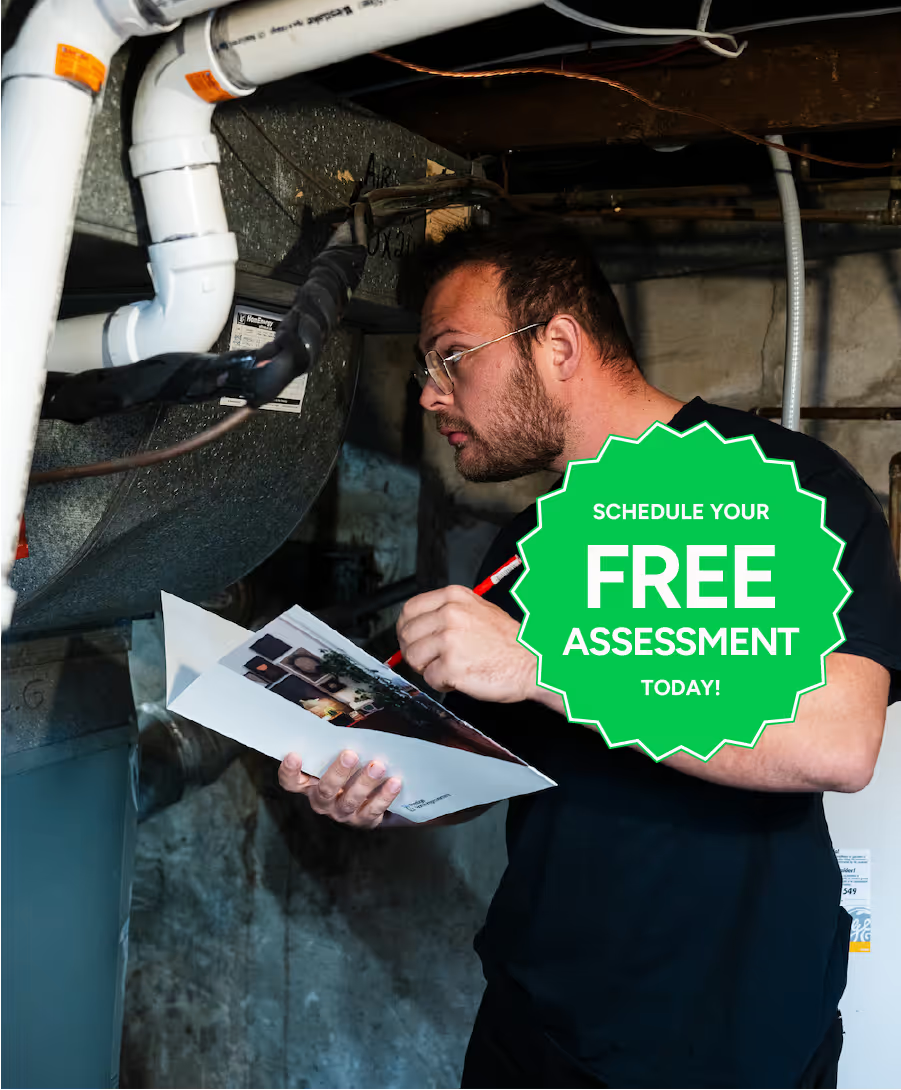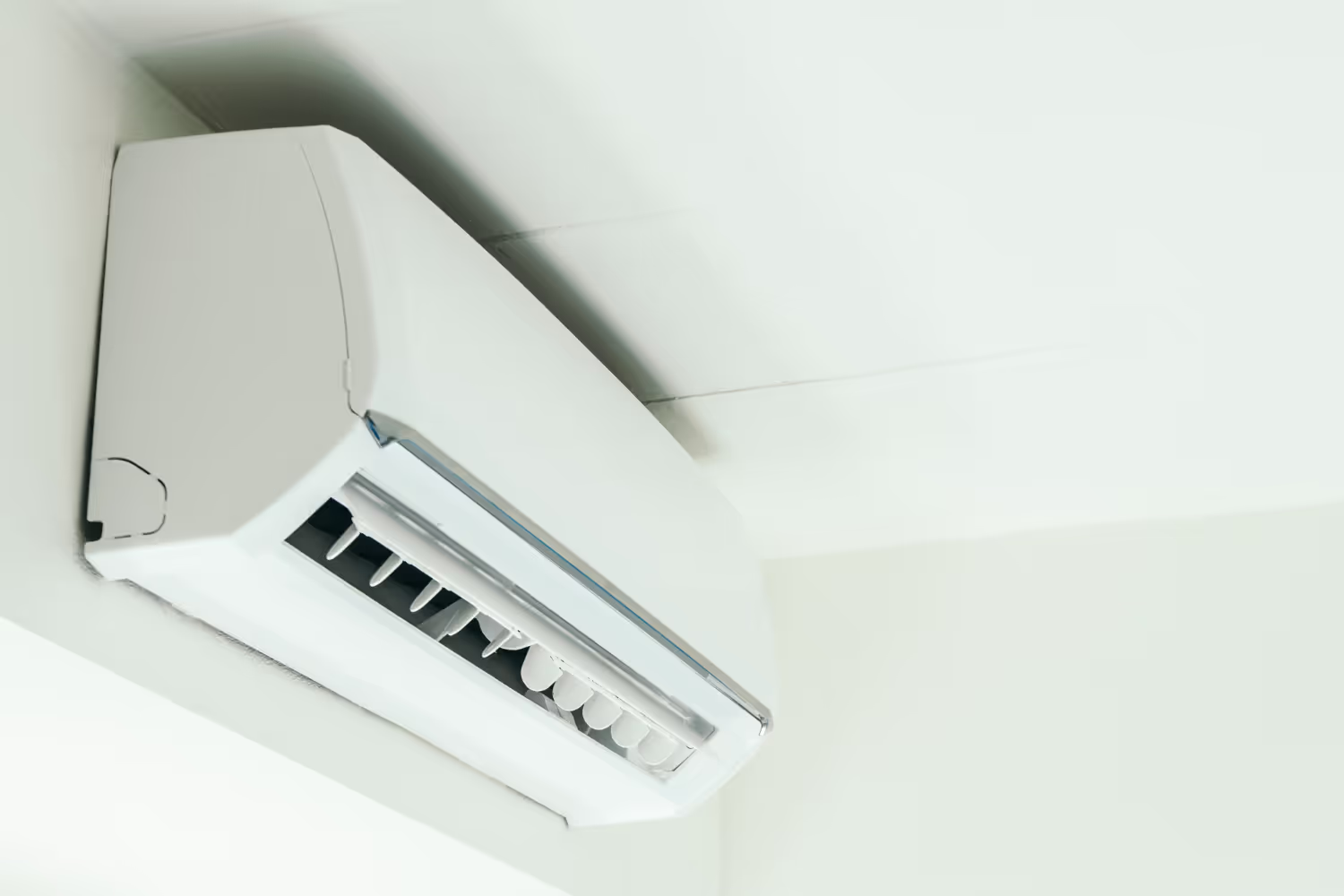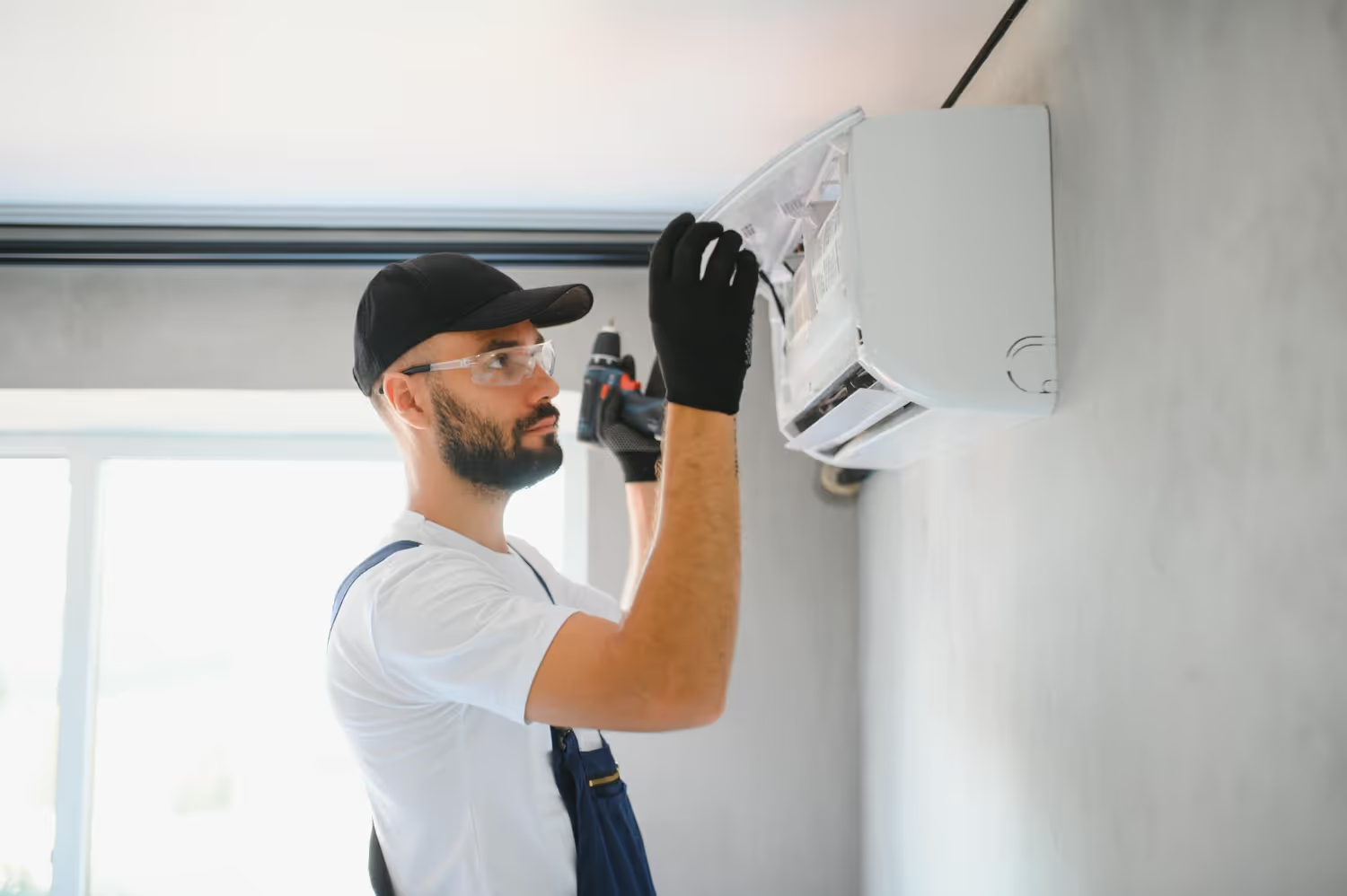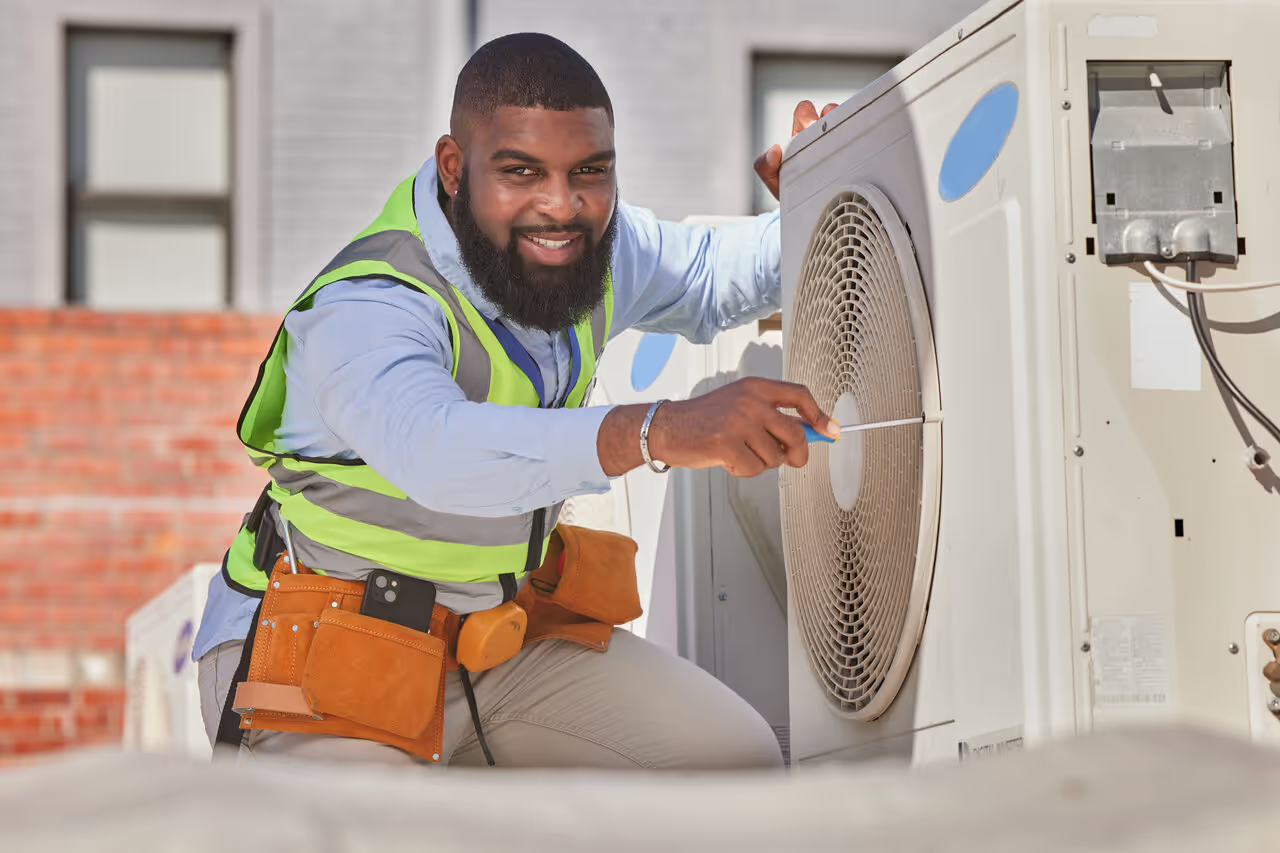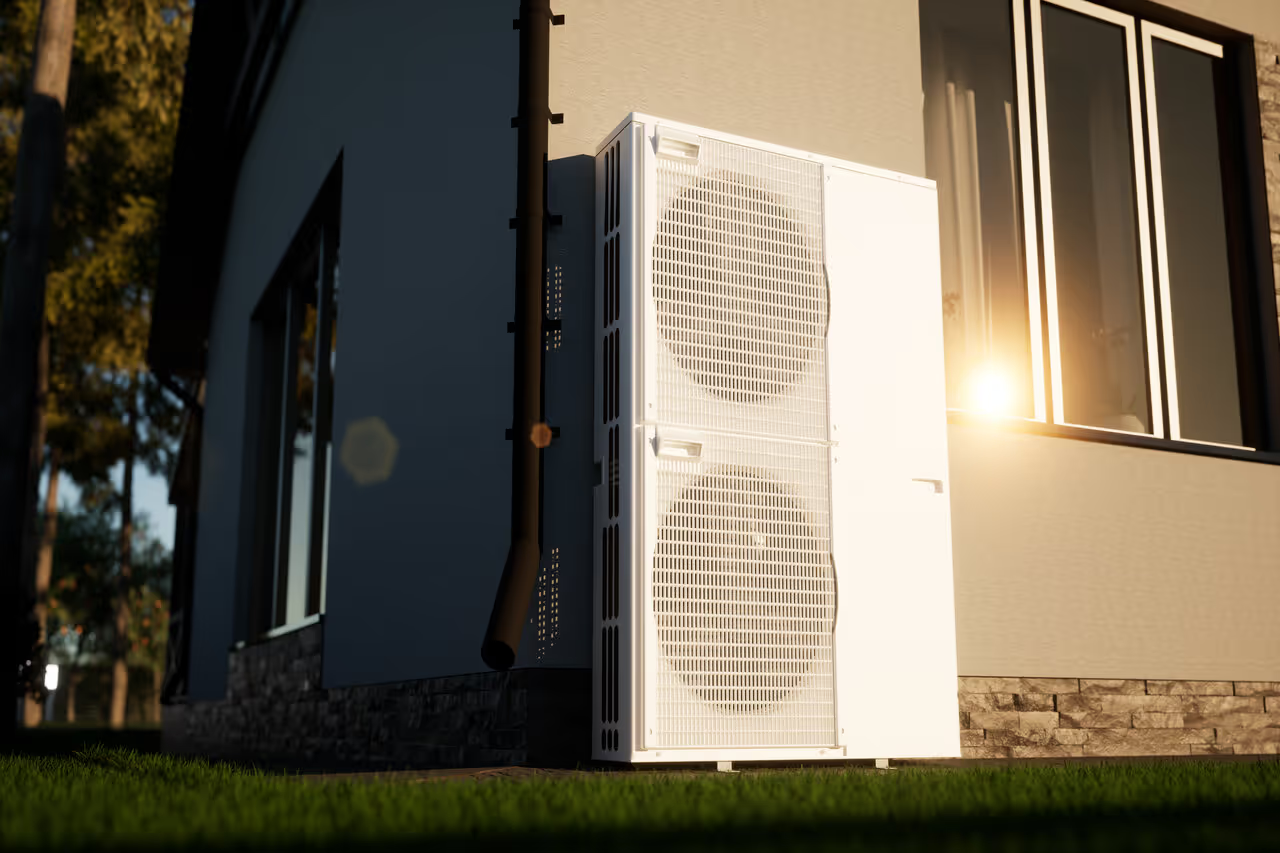In the face of rising energy costs and growing environmental concerns, high-efficiency heating and cooling systems have emerged as a pivotal solution. These modern systems leverage innovative technologies to deliver superior performance while significantly reducing energy consumption. Let’s delve into the heart of these technologies that are reshaping the heating and cooling landscape.
1. Certified high-efficiency equipment
ENERGY STAR certified heating and cooling equipment can lead to annual energy bill savings of 10-30%. These appliances include air conditioners, heat pumps, furnaces, boilers, and smart thermostats among others, and are independently certified to save energy without sacrificing features or functionality.
2. Multi-tier performance specifications
The Consortium for Energy Efficiency (CEE) has set multi-tier performance specifications to encourage the purchase, installation, and maintenance of energy-efficient HVAC systems. These specifications are a part of a broader effort to realize in-field efficiency, savings, and to overcome market barriers.
3. Air-Source Heat Pumps in cold climates
The use of air-source heat pumps in cold climates is gaining traction, with new guidelines ensuring proper sizing, selection, and installation practices to enhance system performance and customer satisfaction.
4. High-performance installation practices
Adhering to high-performance HVAC installation practices can prevent a 30% rise in energy use due to improper installation. Programs like the ENERGY STAR Verified HVAC Installation Program help ensure the quality installation of HVAC equipment.
5. Emerging innovations
The U.S. Department of Energy’s Building Energy Research and Development program is spearheading projects to reduce energy use in air conditioning technologies. Notable innovations include an advanced heat exchanger that minimizes refrigerant leakage and a prototype combining a water heater, dehumidifier, and air cooler for efficient heat transfer.
6. Desiccant heating, cooling, and ventilation
Utilizing desiccants for heating, cooling, and ventilation is an example of renewable technologies employed in HVAC systems to achieve better energy efficiency.
7. Geothermal heating and cooling systems
Tapping into the earth's stable temperatures, geothermal heating and cooling systems offer a highly efficient way to heat and cool buildings, significantly reducing energy consumption and greenhouse gas emissions.
The integration of innovative technologies in high-efficiency heating and cooling systems is a monumental stride towards eco-friendly and cost-effective home comfort solutions. By understanding and embracing these technologies, homeowners can enjoy a comfortable living space, lower energy bills, and a reduced environmental footprint.
